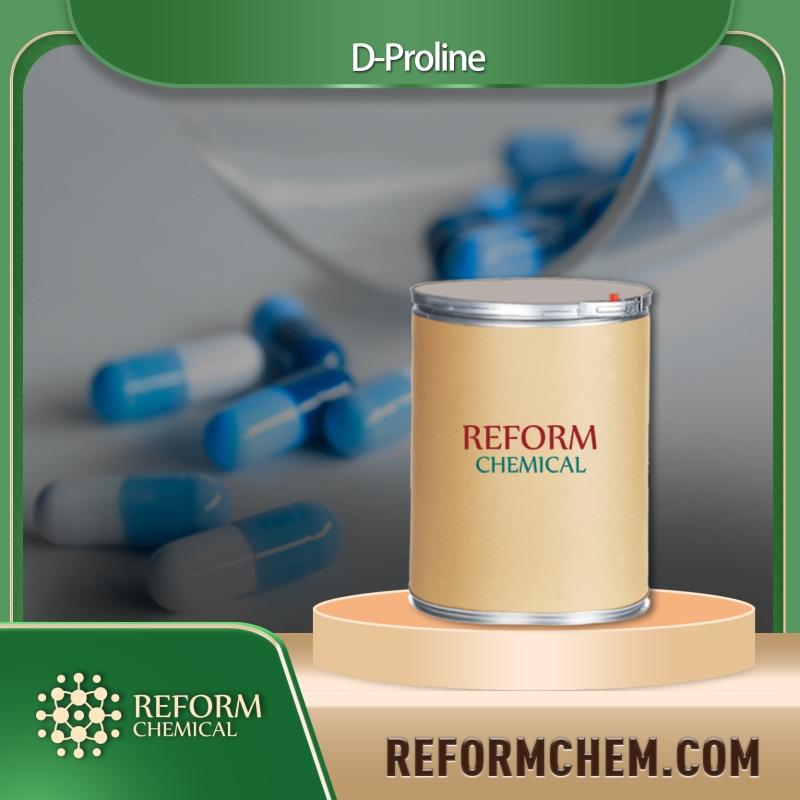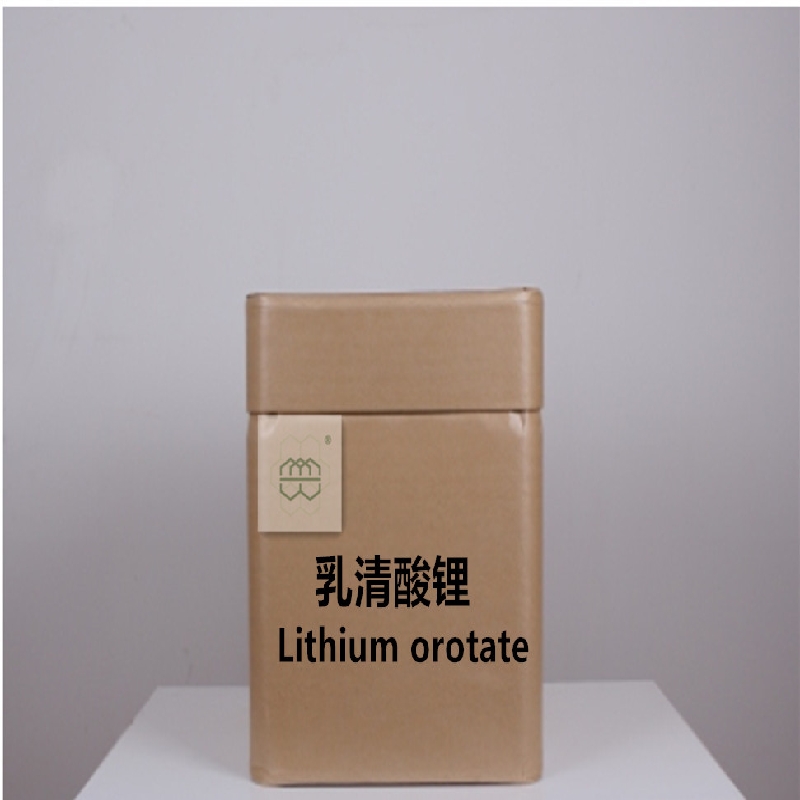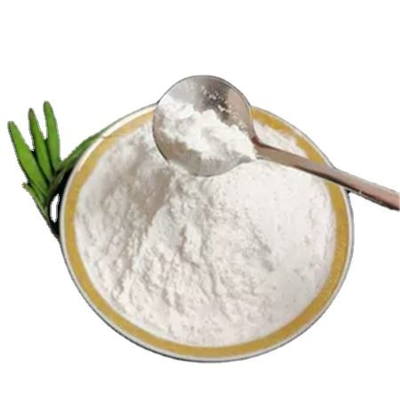-
Categories
-
Pharmaceutical Intermediates
-
Active Pharmaceutical Ingredients
-
Food Additives
- Industrial Coatings
- Agrochemicals
- Dyes and Pigments
- Surfactant
- Flavors and Fragrances
- Chemical Reagents
- Catalyst and Auxiliary
- Natural Products
- Inorganic Chemistry
-
Organic Chemistry
-
Biochemical Engineering
- Analytical Chemistry
-
Cosmetic Ingredient
- Water Treatment Chemical
-
Pharmaceutical Intermediates
Promotion
ECHEMI Mall
Wholesale
Weekly Price
Exhibition
News
-
Trade Service
| Scientists reveal a new mechanism for plant immune system to coordinate defense against enemies |
PTI and ETI collaborative disease resistance model diagram of two major types of plant immune systems
PTI and ETI collaborative disease resistance model diagram of two major types of plant immune systemsDuring the growth and development of plants, plants will face complex and harsh environmental challenges from time to time, including attacks from various pathogenic microorganisms (such as bacteria, fungi, oomycetes, etc.
In the long-term "game" between plants and pathogenic bacteria, the immune system has evolved.
The two layers of the immune system, PTI and ETI, recognize molecules derived from different pathogens by different immune receptors, and the mechanisms of immune receptor activation are very different.
On March 11, Xin Xiufang's research team from the Center for Excellence in Molecular Plant Science of the Chinese Academy of Sciences published the latest research results in Nature, which answered this important scientific question and revealed that the two major immune pathways in plants, PTI and ETI, do not function independently.
Researchers found that in plants with a lack of PTI in the first immune system, the plant's disease resistance mediated by ETI in the second immune system is also largely lost.
Xin Xiufang, the corresponding author of the paper, told the Chinese Journal of Science that this study revealed that the two layers of the plant's immune system can achieve a large amount of reactive oxygen species through precise division of labor.
Interestingly, this study also found that the ETI immune system of plants can increase the expression of core protein components in the PTI immune system, thereby amplifying the PTI immune system and inducing its more lasting immune output.
In recent years, with global climate change, the outbreak of crop diseases has seriously affected global food security.
Related paper information: org/10.
org/10.
1038/s41586-021-03316-6" target="_blank">https://doi.
org/10.
1038/s41586-021-03316-6







